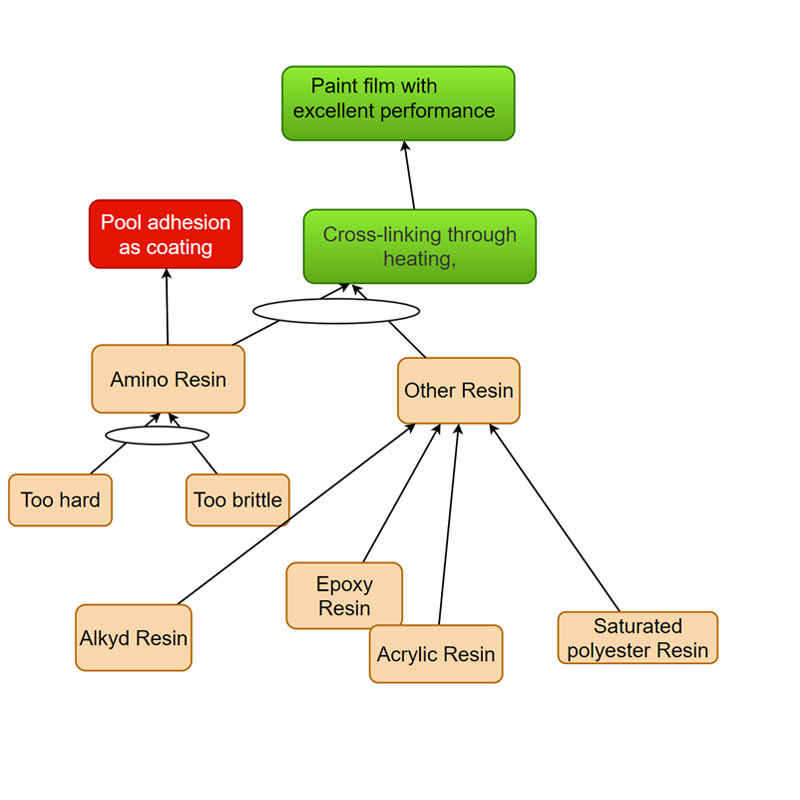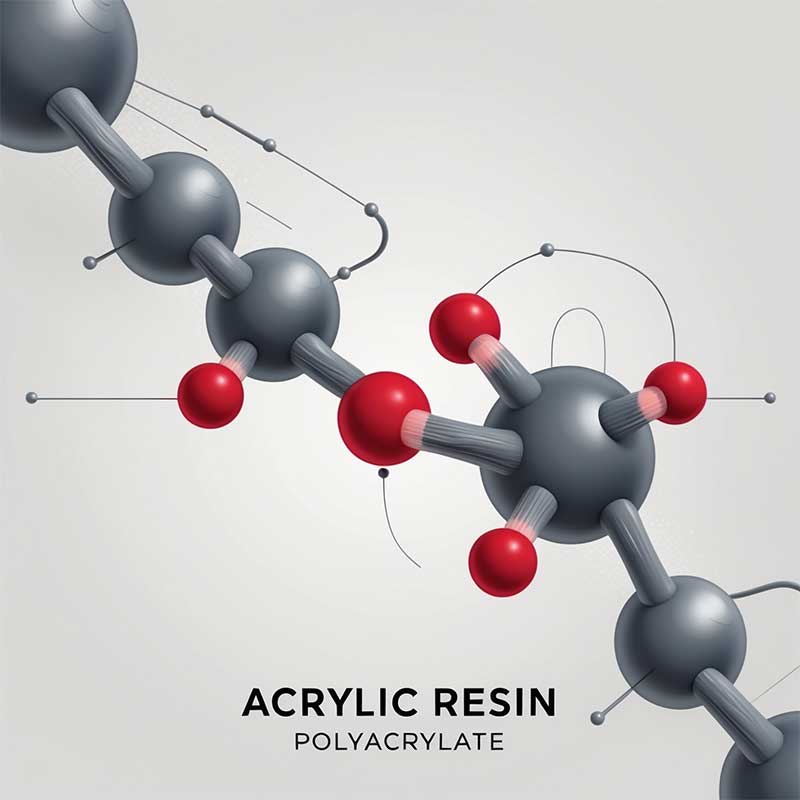1.What is Amino Resin
Amino resins are multifunctional compounds formed through the condensation of amino compounds containing (-NH2) functional groups with aldehydes, primarily formaldehyde. The resulting hydroxymethyl groups (-CH2OH) are partially or fully etherified with aliphatic monohydric alcohols. Amino resins are categorized into four types based on the amino compounds used: Urea-Formaldehyde Resins, Melamine Resins, Benzoguanamine Resins, and Copolymer Resins.
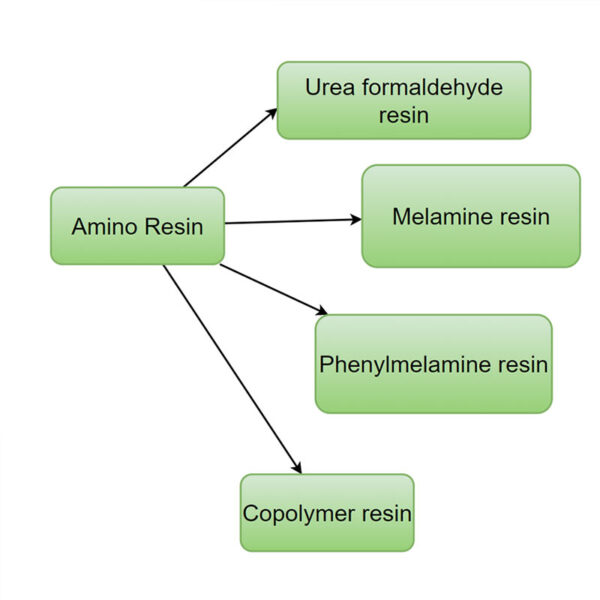
2 Classification and Applications of Amino Resins
2.1
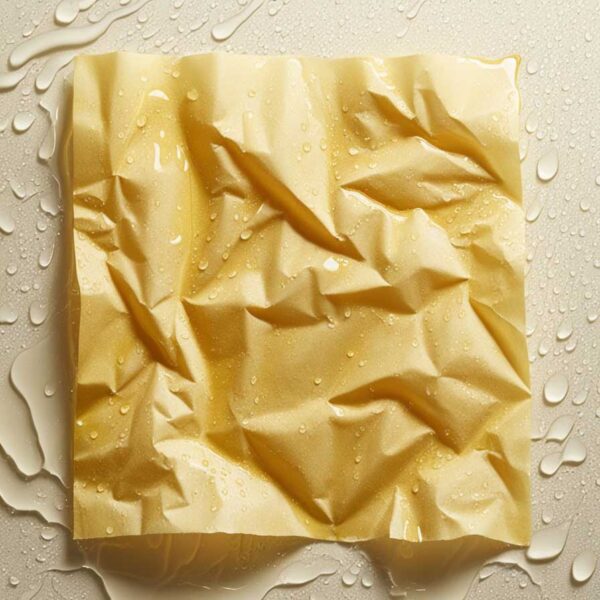
Cellulose fibers are hydrophilic; when paper is soaked in water, the fibers swell, the bonding forces between them weaken, and the paper loses most of its strength, with the remaining strength often referred to as wet strength. Generally, paper with wet strength greater than 15% is considered wet strong paper. Since urea-formaldehyde resin is non-ionic, it cannot be well absorbed by paper fibers with negative charges; therefore, it cannot be added directly to the pulp when used as a paper wet strength agent and can only be applied using impregnation methods (such as surface coating).

Urea-formaldehyde resin, as a paper wet strength agent, forms a networked structure around the fibers through chemical crosslinking, which is not susceptible to hydrolysis. This prevents the absorbent swelling of the hemicellulose in the paper, reducing the paper’s strength loss under wet conditions, much like a net that constrains the swelling of the fibers, thereby maintaining the paper’s wet strength.
Traditional urea-formaldehyde (UF) resin has been banned abroad due to the hazard of free formaldehyde. However, formaldehyde-free wet strength agents are more expensive, leading to research into modified urea-formaldehyde resins. Synthesizing urea-formaldehyde resin using glyoxal partially or entirely replacing formaldehyde, and the effects of the resulting product on paper wet strength, shows that the product is non-polluting, has good stability, and significantly enhances strength.

2.2 Coatings Crosslinked with Amino Resins
Coatings that use amino resins as crosslinkers exhibit excellent gloss, color retention, hardness, chemical resistance, water resistance, and weatherability. As a result, coatings crosslinked with amino resins are widely used in industrial coatings for automobiles, agricultural and industrial machinery, steel furniture, household appliances, and metal pre-coating applications. Amino resins can be baked at low temperatures or cured at room temperature in the presence of acid catalysts. This property makes them suitable for use in reactive two-component wood coatings and automotive refinish coatings.
Amino resins alone tend to create coatings that are too hard and brittle with poor adhesion to substrates. Therefore, they are typically combined with other types of resins that are compatible with amino resins and capable of cross-linking through heating, such as alkyd resins, saturated polyester resins, acrylic resins, epoxy resins, and epoxy esters. These combinations can form tough, three-dimensional network films with unique characteristics depending on the amino resin and the matched resins used.
2.3
Cationic modified urea-formaldehyde resin quaternary ammonium salt (MU-FRQA) is a new type of high molecular weight flocculant with good water solubility and low production cost. A flocculating agent, also known as a flocculant, is a chemical substance that promotes the aggregation or clumping of particles suspended in a liquid to form larger particles, called flocs. These flocs can then be easily separated from the liquid, typically through sedimentation, filtration, or flotation. The primary functions of a flocculating agent include:
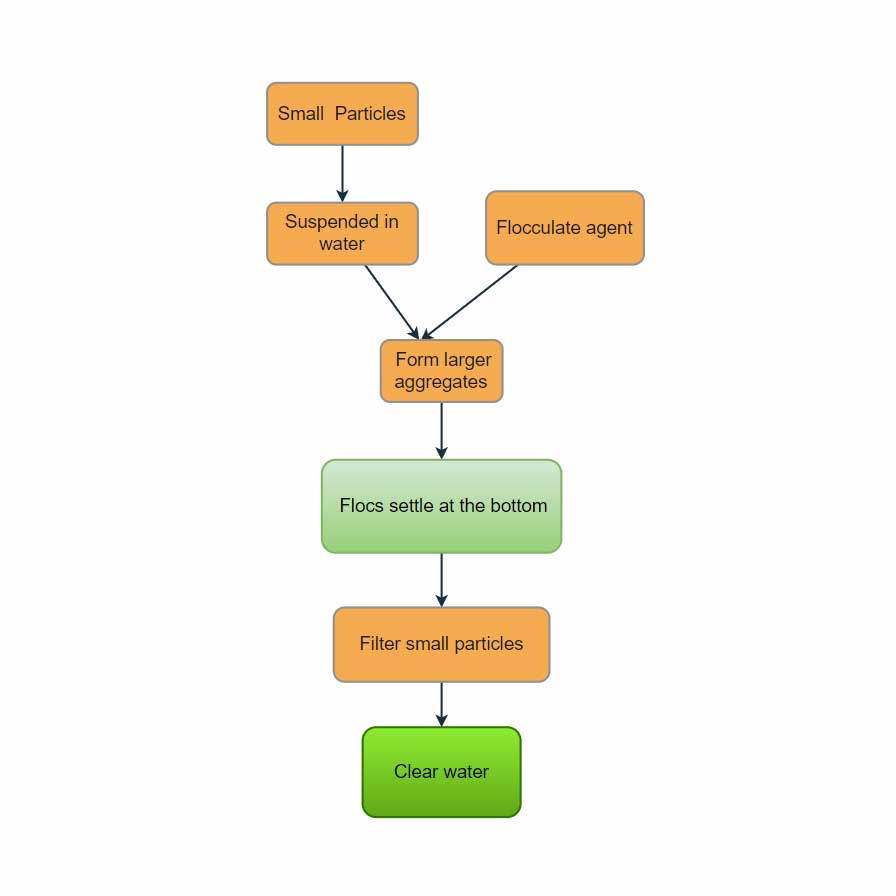
2.4 Melamine formaldehyde as Adhesive
Melamine formaldehyde resin is a widely used thermosetting amino resin produced by the methylation reaction and condensation of melamine and formaldehyde. It can be used as a resin for adhesives, laminates, coatings, molding compounds, and as a treatment agent for fabrics, paper, leather, and other materials.

